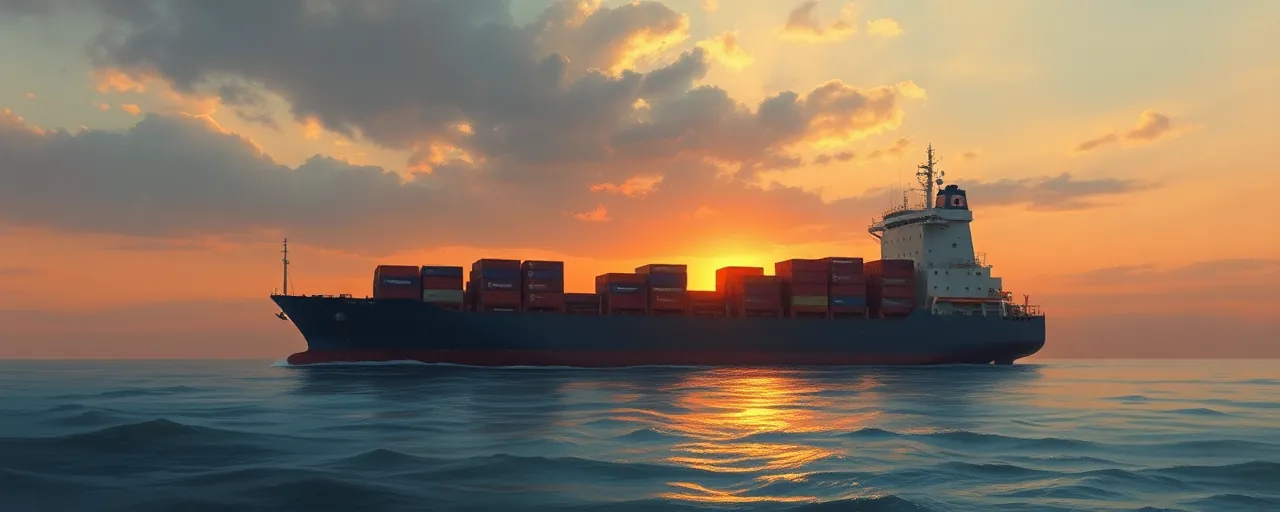A Bold Move on the Waterfront
America’s shipyards and ports, once bustling hubs of industrial might, have seen quieter days. On April 9, 2025, a sweeping executive order from the White House set out to change that. The plan isn’t just about fixing what’s broken; it’s a full-on push to bring back a maritime industry that’s been slipping away for decades. With promises of jobs, stronger national security, and a shot at competing globally, the stakes are high. But the question lingers: can this really turn the tide?
The order lays out a roadmap, dubbed the Maritime Action Plan, to pump life into shipbuilding, bolster the workforce, and secure supply chains. It’s a response to a harsh reality - the U.S. has fallen behind, especially compared to nations like China, where shipyards churn out vessels at a blistering pace. For everyday Americans, this isn’t abstract policy; it’s about real-world impacts like paychecks, safer trade routes, and whether the country can stand tall on the global stage.
Targeting the Big Players
A centerpiece of the plan zeroes in on China, which now builds over half the world’s merchant ships, up from a mere 5% in 1999. The U.S., by contrast, has watched its own share dwindle since the 1970s. The executive order slaps tariffs on Chinese-made cranes and cargo gear, while tightening rules on foreign cargo slipping through Canada or Mexico. It’s a clear signal: America wants its slice of the pie back. Supporters argue it’s a necessary stand against unfair trade practices; others warn it could spark retaliation and higher costs for consumers.
Data backs up the urgency. The U.S. commercial fleet has shrunk to less than 1% of global tonnage, leaving it reliant on foreign vessels for trade and, in a crisis, defense. The order also nudges allies to join the fight, asking them to align trade policies within 90 days. If they bite, it could reshape global shipping. If they don’t, the U.S. might find itself rowing alone against a formidable current.
Money, Jobs, and a Trust Fund
Cash is king in this overhaul. The plan floats a Maritime Security Trust Fund, fueled by fees, tariffs, and taxes, to bankroll everything from shipyard upgrades to training programs. Think of it as a piggy bank for the sea, aiming to deliver $250 million a year for new ships and $100 million for smaller yards through 2034. There’s historical precedent here; the Highway Trust Fund steadied road projects for decades. But pulling it off hinges on Congress playing ball, and that’s no sure bet.
Then there’s the workforce. The order calls for more mariners, better training, and a modernized U.S. Merchant Marine Academy. It’s not just about ships; it’s about people. The American Maritime Partnership estimates the industry supports over 650,000 jobs, from welders to sailors. Expanding that number could lift coastal towns and river regions alike. Yet skeptics point out the catch: training takes time, and luring workers to a tough trade isn’t easy when tech jobs beckon elsewhere.
Zones of Opportunity
Ever heard of Maritime Prosperity Zones? They’re a fresh twist, offering tax breaks and lighter rules to spark investment in places beyond the usual coastal hotspots, like the Great Lakes or river towns. The idea borrows from Opportunity Zones, which aimed to juice up struggling areas with private cash. Advocates say it’s a win-win, creating jobs while greening up waterfronts. Early plans tie in port upgrades and training hubs, but success isn’t guaranteed - it’ll take businesses buying in, and fast.
Historical echoes resonate here. The Merchant Marine Act of 1936 threw subsidies at shipbuilding to keep the U.S. afloat during tense times. Today’s zones aim for a similar lift, blending economic grit with a nod to sustainability. Some economists caution, though, that tax incentives alone won’t rebuild an industry if global demand stays hooked on cheaper foreign ships.
The Global Chessboard
This isn’t just about docks and dollars; it’s geopolitics. The Arctic’s opening up, and the U.S. wants a stronger grip on those icy waters. The order tasks the Pentagon and Coast Guard with a strategy to secure them, eyeing Russia and China’s moves. Meanwhile, partnering with allies to build ships here could cut reliance on adversaries. It’s a long game - think decades, not years - but the payoff could be a fleet ready for trade or trouble.
Past policies, like the 19th-century Open Door approach, tied U.S. prosperity to sea power. Now, with China’s shipyards outpacing everyone and sanctions piling up on risky vessels, the stakes feel just as high. Critics argue the focus on rivalry might strain trade ties, especially if allies balk at mirroring U.S. tariffs. Balance is tricky when you’re trying to flex muscle and mend bridges at the same time.
What’s Next for the Waterways
The executive order’s a hefty swing, no doubt. It weaves together tariffs, trust funds, and training into a plan that’s as ambitious as it is sprawling. For the average person, the wins could be tangible: more jobs, sturdier supply chains, maybe even cheaper goods down the line if it all clicks. But the risks loom large - trade spats, budget battles, or a workforce that doesn’t show up could sink the whole thing.
Time will tell if America’s maritime mojo can make a comeback. The White House is betting on a mix of old-school grit and new-age strategy to get there. For now, the shipyards wait, the ports hum, and the world watches. One thing’s clear: this isn’t a quick fix. It’s a marathon across open water, and the finish line’s nowhere in sight.
